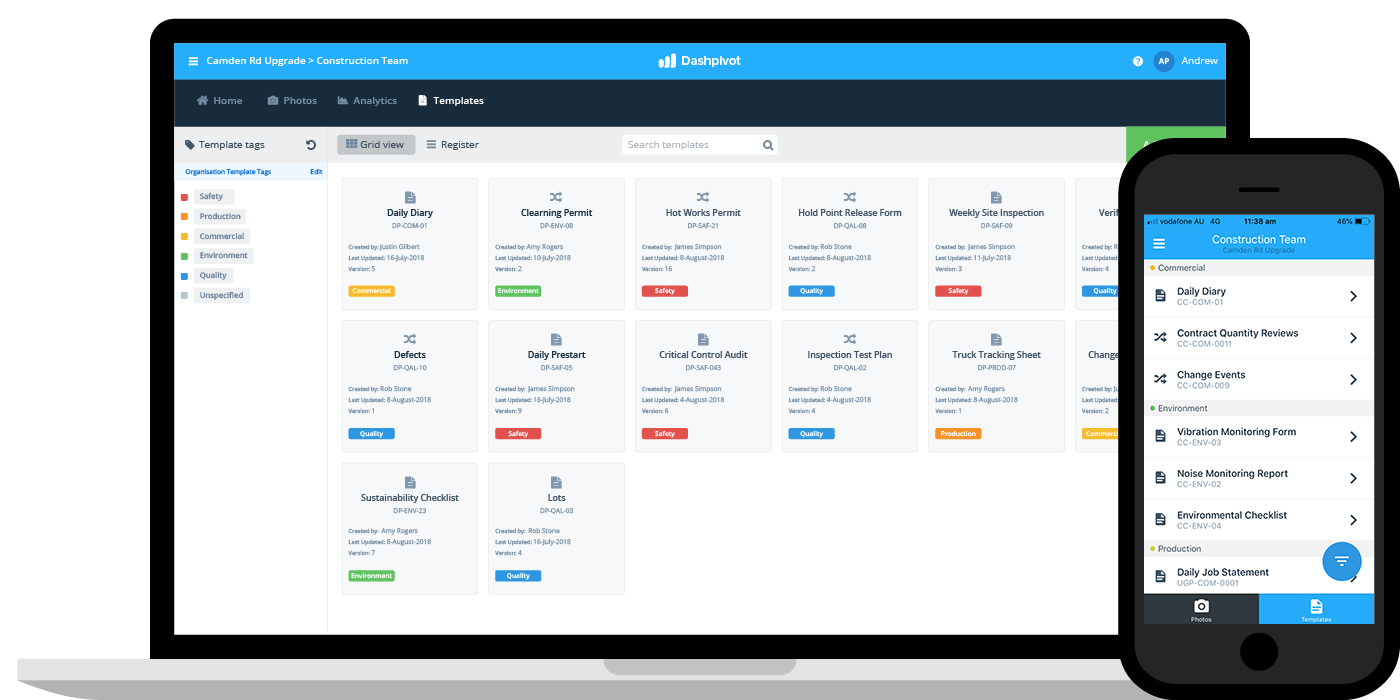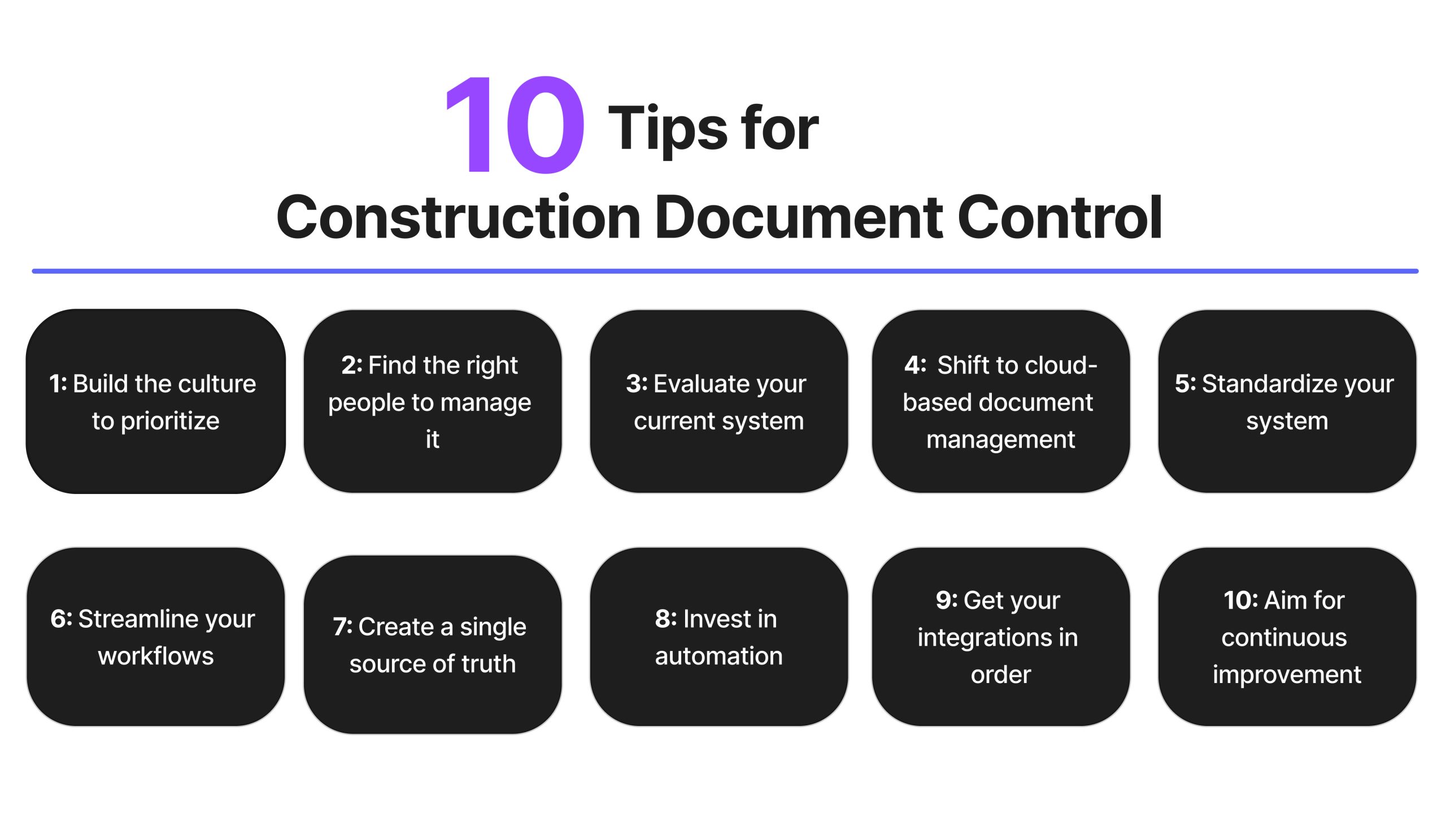Reliable Construction Document Management Solutions for each Project
Wiki Article
Optimizing Task Partnership: Engineer's Best Practices in Construction Paper Management
In the detailed realm of building jobs, the reliable administration of construction papers stands as a cornerstone for success. Designers, with their meticulous interest to detail and ingenious layout options, are tasked with coordinating a symphony of resources, timelines, and stakeholders. Nonetheless, among this intricacy exists a sixty-four-thousand-dollar question: exactly how can designers improve collaboration procedures to improve project end results? By discovering crucial techniques such as leveraging cloud-based platforms, developing durable communication procedures, and making sure information protection, architects can elevate their paper management practices to brand-new heights.Leveraging Cloud-Based Platforms
Leveraging cloud-based systems is an essential technique for modern-day engineers in maximizing building and construction record monitoring processes. By transitioning from conventional paper-based systems to cloud services, architects can improve partnership, improve document accessibility, and boost general job efficiency. Cloud-based platforms offer architects the capacity to shop, share, and update construction records in real-time, making certain that all employee have access to the most existing info despite their area. This access advertises seamless interaction and sychronisation among task stakeholders, resulting in less errors and delays in the building and construction procedure.Furthermore, cloud-based systems provide a safe environment for keeping delicate project details, offering file encryption, regular backups, and customer approval settings to shield data stability. Architects can likewise benefit from the scalability of cloud services, permitting them to adjust storage space capacity and performance based upon task requirements. Generally, leveraging cloud-based platforms empowers engineers to enhance their building and construction file administration procedures, driving better collaboration, effectiveness, and success in their jobs.
Applying Variation Control Systems
Having established the benefits of cloud-based systems in building and construction document management, architects can now enhance their paper control procedures by applying Variation Control Systems. Version Control Systems (VCS) are necessary devices that track modifications in records, ensuring that employee are always dealing with the newest and most precise info. By executing VCS, engineers can keep a centralized database where all task papers are kept, enabling seamless cooperation while decreasing the threat of mistakes and version conflicts.One key advantage of Variation Control Equipment is the capacity to track the full history of file changes, allowing customers to return to previous versions if needed (construction document management). This attribute is particularly valuable in building and construction tasks where style iterations and modifications are usual. Additionally, VCS assists in better communication amongst employee by giving a clear audit route of that made certain changes and when they were made. This openness not just enhances accountability yet also aids in settling conflicts or discrepancies that might develop during the project lifecycle.
Establishing Interaction Protocols
To ensure efficient and effective job sychronisation, architects should establish clear and durable interaction methods within their building and construction file administration processes. This platform could be a task monitoring software program, email threads, or cloud-based storage space solutions.Moreover, communication methods must likewise include i was reading this standards on exactly how to deal with conflicts, change orders, and urgent concerns that may arise throughout the job lifecycle. Establishing an organized technique to communication ensures that all stakeholders are on the exact same page, advertises transparency, and ultimately contributes to the successful conclusion of the building job.
Using BIM Software for Control
BIM software application plays a crucial function in enhancing coordination amongst project employee in the building sector. Structure Information Modeling (BIM) assists in collaboration by giving a centralized platform where architects, designers, professionals, and various other stakeholders can interact in a worked with fashion. Via BIM software, project participants can access and update a common design that consists of thorough information about the building style, construction parts, and task routines.
Furthermore, BIM software application makes it possible for real-time cooperation and communication among staff member, despite their physical location. With cloud-based BIM platforms, job stakeholders can access the most up to date job info, track modifications, and make notified choices without delay. On the whole, leveraging BIM software application for coordination improves project performance, performance, and eventually causes successful job end results.
Ensuring Data Protection and Compliance
In the realm of construction document management, protecting data integrity and ensuring regulatory compliance are critical considerations for designers and other project stakeholders. Architects must implement durable safety procedures to safeguard delicate task details from unapproved gain access to or breaches.
Conclusion
To conclude, engineers can enhance task partnership in construction file management by leveraging cloud-based platforms, executing variation control systems, developing communication procedures, making use of BIM software application for sychronisation, and making certain data safety and conformity. These best methods aid streamline the building procedure, improve communication among job stakeholders, and boost efficiency in project shipment. By adhering to these standards, architects can efficiently handle building and construction click to read more records and facilitate successful job end results.Via BIM software, project participants can access and update a shared design that consists of thorough information about the building style, construction parts, and task timetables.
Via cloud-based BIM systems, task stakeholders can access the latest project details, track adjustments, and make informed decisions quickly - construction document management. Generally, leveraging BIM software application for sychronisation improves job effectiveness, efficiency, and ultimately leads to successful project end results
In verdict, designers can maximize task partnership in building and construction paper administration by leveraging cloud-based platforms, implementing variation control systems, developing communication procedures, utilizing BIM software for control, and making sure data safety and security and conformity. These finest methods aid simplify the building process, boost interaction among task stakeholders, and boost efficiency in task shipment.
Report this wiki page